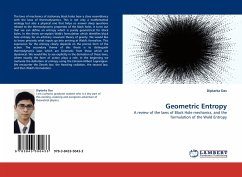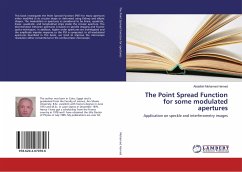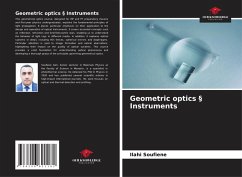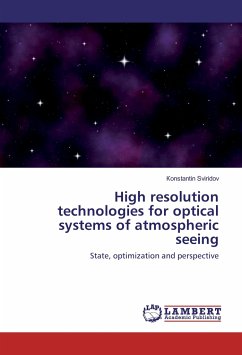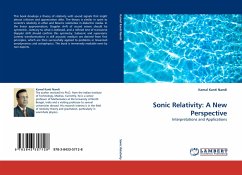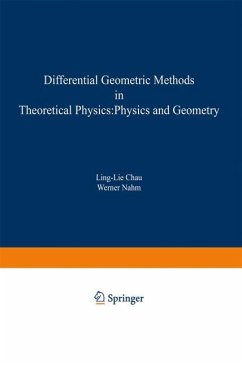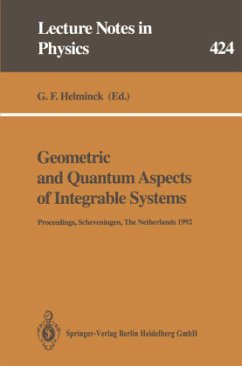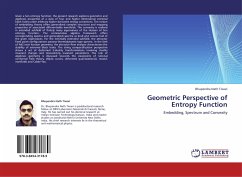
Geometric Perspective of Entropy Function
Embedding, Spectrum and Convexity
Versandkostenfrei!
Versandfertig in 6-10 Tagen
32,99 €
inkl. MwSt.

PAYBACK Punkte
16 °P sammeln!
Given a Sen entropy function, the present research explores geometric and algebraic properties of a class of four and higher dimensional extremal black holes under arbitrary higher derivative stringy corrections. The notion of embedding theory offers generalized complex structures and mapping properties of associated differentiable manifolds. The convexity is realized in extended subfield of finitely many eigenvalues of the Hessian of Sen entropy function. The commutative algebra framework offers corresponding spectra and generalized spectra as Krull and convex hull of the given eigenvalues. F...
Given a Sen entropy function, the present research explores geometric and algebraic properties of a class of four and higher dimensional extremal black holes under arbitrary higher derivative stringy corrections. The notion of embedding theory offers generalized complex structures and mapping properties of associated differentiable manifolds. The convexity is realized in extended subfield of finitely many eigenvalues of the Hessian of Sen entropy function. The commutative algebra framework offers corresponding spectra and generalized spectra as Krull and convex hull of the given eigenvalues. For the minimally extended subfield, the attractor fixed point configurations possess thermodynamic type spectra. In the limit of AdS near horizon geometry, the attractor flow analysis characterizes the stability of extremal black holes. The string compactification perspective shows a set of deformed S-duality transformations involving duality invariant charges and monodromy invariant parameters. The role of algebraic geometry is discussed towards the viewpoints of rational conformal field theory, elliptic curves, deformed quantization(s), moduli manifolds and Calabi-Yau.



